Belmore Court: Your next best stay in the West
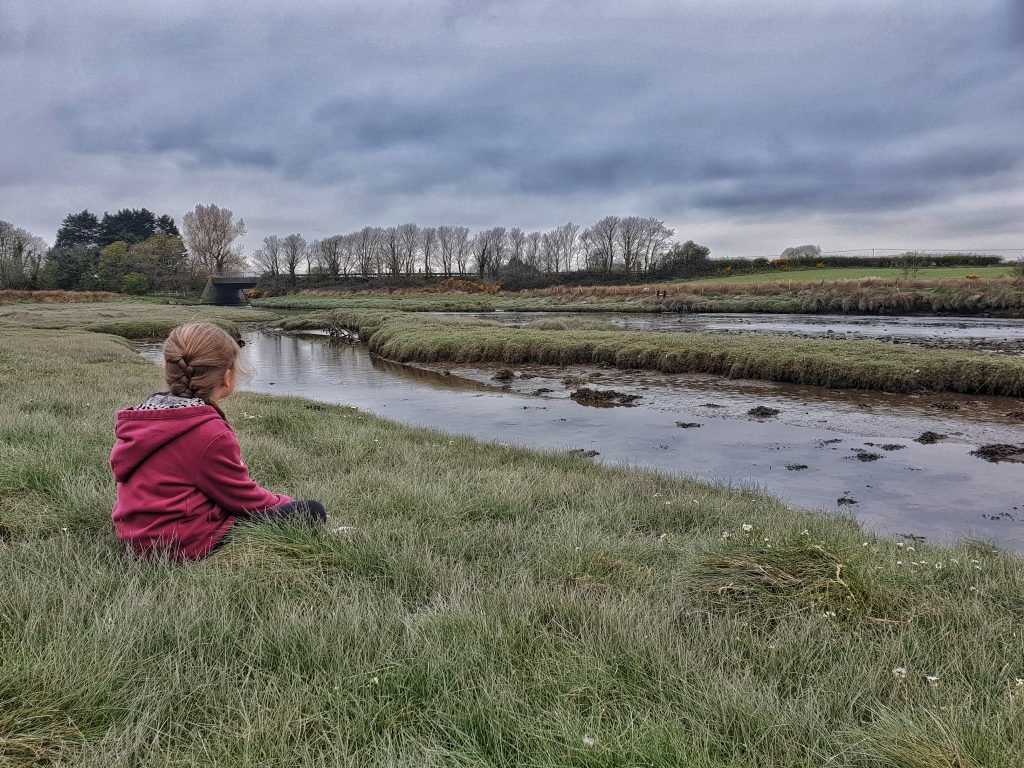
Would you like to sponsor this article?

Nature therapy is a vast topic and one that can be talked about at great length. However, how do we incorporate this activity into our kids lives during a time when we shouldn’t really be outdoors? More importantly, what do we do?
I think to give this a genuine chance you first have to understand what it is, what benefits can be achieved, and to make sure you enter the activity with an open mind and the willingness to learn.
SHOP: Trek NI Beanies – made from cosy, organic cotton
Find Out MoreNature therapy described in its simplest form is to partake in a number of activities outdoors with the intention of improving one’s mental and physical well being. The majority of us do it without knowing about it. Remember the last time you were stood on a mountain or in a forest and felt amazing? That’s nature therapy. It’s called many different things throughout the world and within different circles of people, some of which include Shinrinyoku, forest bathing, ecotherapy, and forest therapy to name a few. It originated around 2,500 years ago in Persia where Cyrus the Great (King of Persia and the creator of the first Persian Empire) recognised the need to improve human health and create a feeling of “calm”. In response, he planted a garden in the middle of the city.
Activities range from just a regular 15 minute walk outdoors to fully meditating in a remote area for days on end. We can just about fit a short walk in if we’re lucky at the minute and nobody’s asking anyone to sit cross-legged on a mountain top for days! So the question is, how do we benefit during lockdown and how do we get the kids involved?
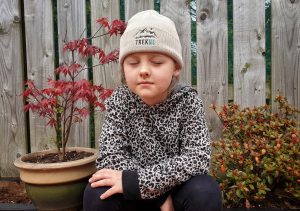
I have studied Nature therapy for a few years now both at a scientific and personal level. I also took part in a Forest Monk training program which delved deeper into self awareness, which is where I want to go with this. It sounds quite serious but I promise it’s not!
To begin, find a nice spot in the garden where there’s not much distraction, somewhere the kids can be comfortable. If you don’t have a garden clearly this is a hurdle but it’s not impossible and with a bit of imagination you can make it work. Plan to give this at least half an hour. You’ll need a piece of paper and a pencil.
READ: 5 Favourite Family Walks
Find Out MoreSit the kids down in the spot you’ve chosen. Get them to quickly tell you what they hear and how they feel. Write this down and set it to the side. Now we can start the self awareness process through discovering senses. Breaking down each sense and focusing on one at a time will help to relax and let the brain process the information with more precision. Start by asking them to close their eyes. I fully understand a kid’s mind runs at a million miles an hour but by closing their eyes it automatically eliminates one of the biggest senses. Turn the paper over and get ready to jot down the following answers that you discuss.
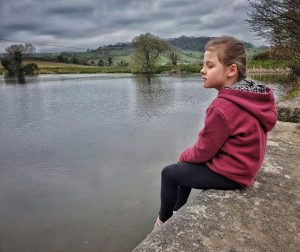
Ask them what they feel. It’s ok to prompt with these to a certain degree – we can’t answer for them but ask: can you feel the wind? Where do you feel it on you? Is it moving your hair? Can you feel the grass? What does it feel like?
What can you smell? Can you smell the grass? Your clothes? Is next door cooking? What do you think they’re cooking? Can you smell the air? What does it smell like? Did you fart? Is that mummy’s feet? Don’t forget they’re kids so have a bit of fun or they may quickly lose interest.
Open your mouth and tell me what you taste? Can you taste your lunch that you had earlier? Explain what you taste? Don’t dwell too much on this sense unless they’re giving answers.
What can you hear? Start with obvious noises and prompt them to really listen. Next door’s dog, again!? A bee? Aeroplanes? Birds? The sea? The wind? Cars?
Now get them to open their eyes slowly. Ask them to look around and describe what movement they see. Birds? Insects? The grass and plants moving in the wind? Clouds moving?
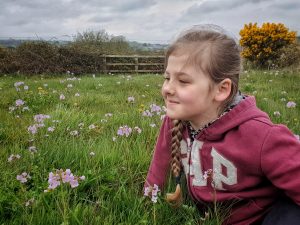
Now ask them how they feel. Ask them if they’d like to sit for a while longer, go through the senses again if they’d like to continue. Compare the two sides of paper with them and ask them how they think they got different answers. Explain that they focused on their senses and broke them down to make each one stronger on its own and that they became self aware of their immediate surroundings. Get them to draw or paint a picture of them doing this in the garden and see if they can remember the steps.
Again I know kids will be kids and it’s hard to get them sat in one place for half an hour but it can be so rewarding for them and you as a parent. Try it yourself but without the pencil and paper. I do it regularly in the mountains and forests and can sometimes sit for a few hours. I get a real sense of acceptance, like nature has accepted my presence. Wildlife suddenly become more accepting – I’ve had really close encounters with deer, badgers, squirrels, pine martens and ravens. Give it a go, once you’ve ran through the senses just sit back and relax, let nature in and become immersed in your surroundings.
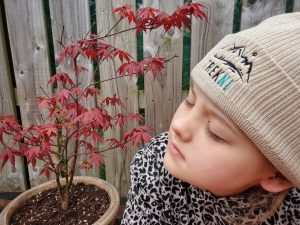
You can follow Aidan on Facebook.
 Belfast,Photography
Belfast,Photography
5 scenic walks around Lisburn
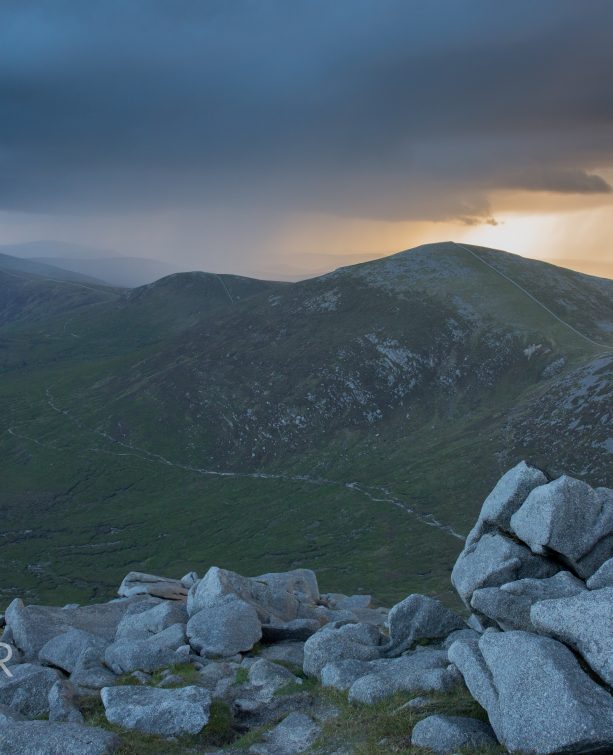 Mourne Mountains
Mourne Mountains
Bearnagh: Chased the sunset, caught the rain
 Mourne Mountains
Mourne Mountains
Camping in the High Mournes
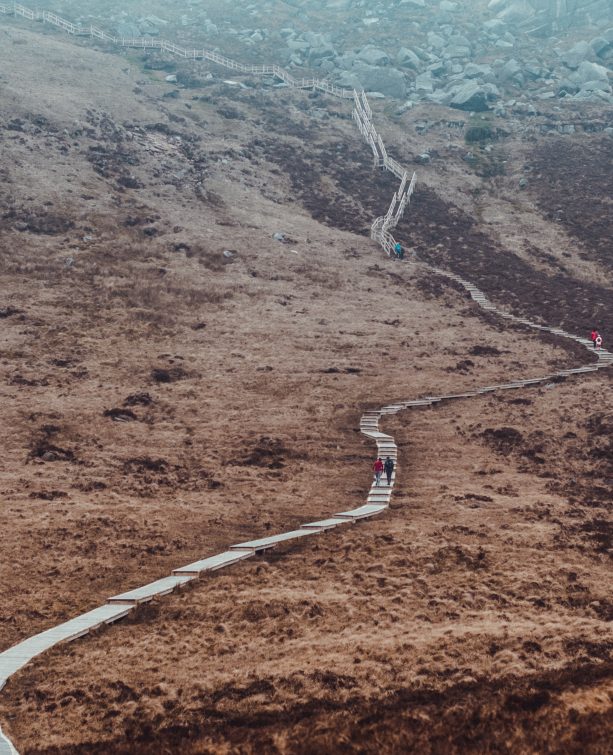 Fermanagh and Tyrone
Fermanagh and Tyrone
Cuilcagh: Stairway to Heaven
 Features
Features
Every Game of Thrones Location in Northern Ireland
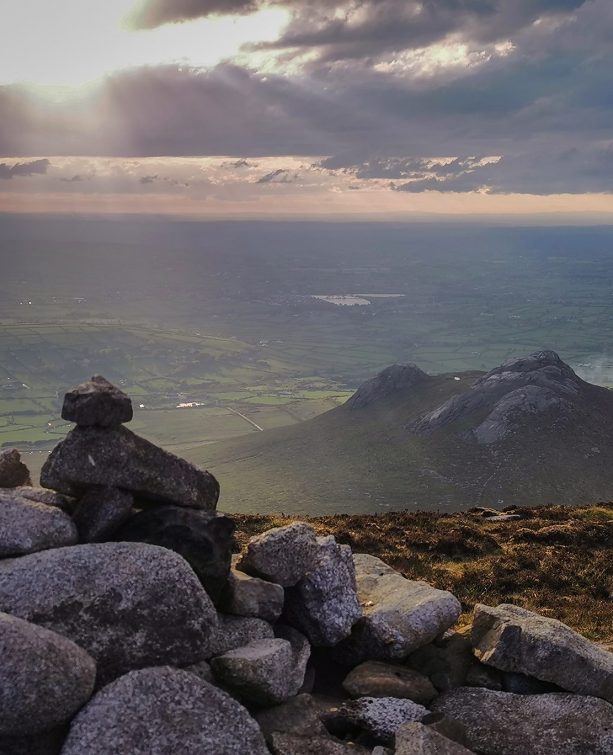 Mourne Mountains
Mourne Mountains
Hen and Cock Mountains
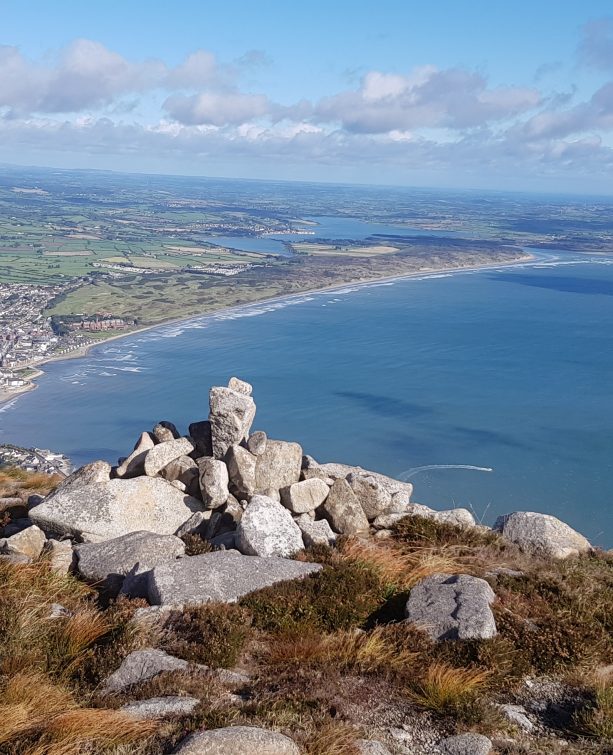 Mourne Mountains
Mourne Mountains
Leganabrachan, Millstone and Thomas: Donard’s Seaside Bodyguards
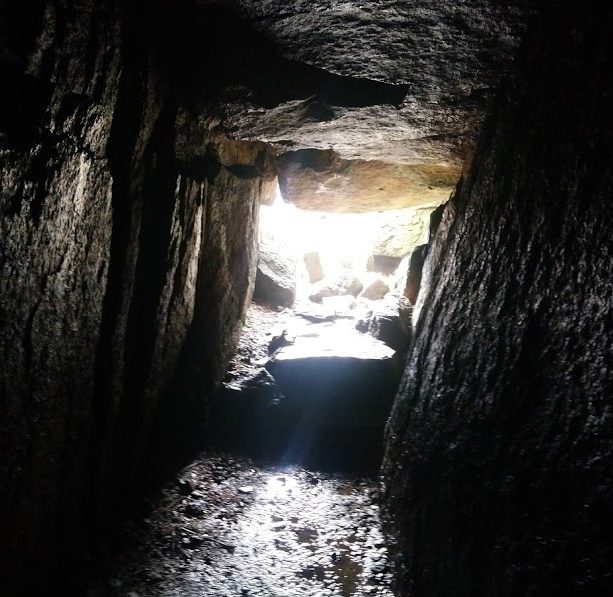 Mourne Mountains
Mourne Mountains
Percy Bysshe and Cove Caves